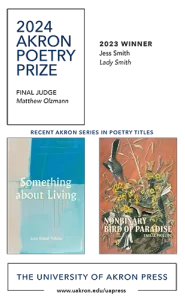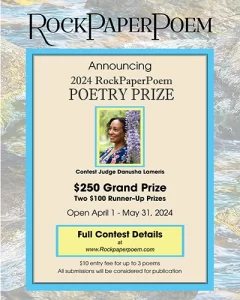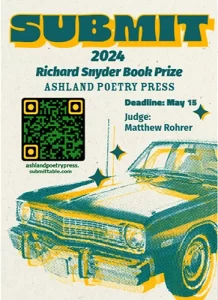The Worcester Review – 2010
Volume 31 Numbers 1 & 2
2010
Annual
Patrick James Dunagan
The Worcester Review (published and edited out of Worcester, Massachusetts) is a bit of a rare bird, regularly combining a “regional” focus with a “Feature Section” on a particular poet of interest with Worcester area ties. This latest issue is a definite delight for readers interested in the poet Charles Olson. While this is not the only worthwhile aspect, it remains the key element which lifts the whole of The Worcester Review above the fray distinguishing it from similar literary reviews published this last year.
The Worcester Review (published and edited out of Worcester, Massachusetts) is a bit of a rare bird, regularly combining a “regional” focus with a “Feature Section” on a particular poet of interest with Worcester area ties. This latest issue is a definite delight for readers interested in the poet Charles Olson. While this is not the only worthwhile aspect, it remains the key element which lifts the whole of The Worcester Review above the fray distinguishing it from similar literary reviews published this last year.
Olson is an obvious choice for a feature since even though nearby Gloucester garners much of the attention in his Maximus Poems, it is actually Worcester that is the poet’s hometown. He only summered in Gloucester with his folks as a kid. Worcester is where he went to high school and formed his first serious romantic interest, with Barbara D. Milliken, who is interviewed in this issue. Her comments are surprisingly fresh (her relationship with Olson ended in 1936 and she had little contact with him thereafter) and full of daring verve. She gives a disarming picture of the young Olson as a talented suitor:
Well, I think Charles did a very good job of becoming almost a performance himself […] he could be extremely charming, when he chose to be. Particularly women, certainly, fell for his charm. Eleanor Metcalf did; my mother and my grandmother certainly fell prey to his charm; and, of course, I was long gone. [Chuckles]
And she acknowledges the rift that came between them was one of class and expectation: “Charles was increasingly convinced that I was middle class. And heaven knows he was right!”
Olson’s conduct later in life, particularly his role as teacher, both in and out of the classroom, is given generous overview by Jim Cocola’s essay, “Olson as Educator.” Cocola draws upon Olson’s own works as well as the work of others to turn up both familiar and little-known anecdotes: “Olson, at large: promptly answering and welcoming the prospect of a visit from Champaign-Urbana by Illinois graduate students Carolee Schneemann and James Tenney, and walking the beach at Gloucester in their company, laying a foundation in the form of a provocation.” He got this from Schneeman’s book Imaging Her Erotics. It’s fascinating to think of her meeting Olson.
Providing other much needed critical exploration that’s currently lacking is Richard Owens’s “‘The Practical Limits of Daylight’: Charles Olson and J.H. Prynne,” which tantalizes with its dabbling into Prynne’s own vortex(t)ual reading of Olson. Similarly, Sasha Steensen’s “Cunt, Great Mother, Cow, or Whore: Charles Olson’s Unlikely Influence on Contemporary Female Poets” is, if anything, but the bare skimming of a problematical aspect to Olson. Likewise, House Organ editor, Kenneth Warren’s “Charles Olson’s Grail of Intuition” ratchets up the ante on critical approaches to Olson, with a selection from his critical opus The Emperor’s New Code: Ideology, Mystery, and Typology in the Lives and Works of Vincent Ferrini and Charles Olson. Warren’s colossal mashing together of poetry with Jungian/Catholic mysticism is nothing short of astounding. The hair stands up on back of the neck.
Alongside the Olson material, The Worcester Review serves up poems by locals, such as Pastor Judith Robbins’s “First Cigarette” which subtly captures the seducing burst of wonderment without regret only the young know:
the unfamiliar between your lips
inhaling as though
you’d been doing it
all your life—the lightheaded high
not qualified by watery eye
And, not-quite-so-local, locales are here, too. Such as Sylva Boyadjian-Haddad’s “In the Heart of the Fertile Crescent” which takes the Tigris river as its subject and setting, asking “How often will that bulimic river / after her ritual gorging on death, / send forth from her depths bountiful loam.” Boyadjian-Haddad teaches up north in Henniker, NH, where this reviewer, for one, had her as an instructor several years ago. It just shows that you never know who or what you might run across reading through publications like The Worcester Review.
[www.theworcesterreview.org]




